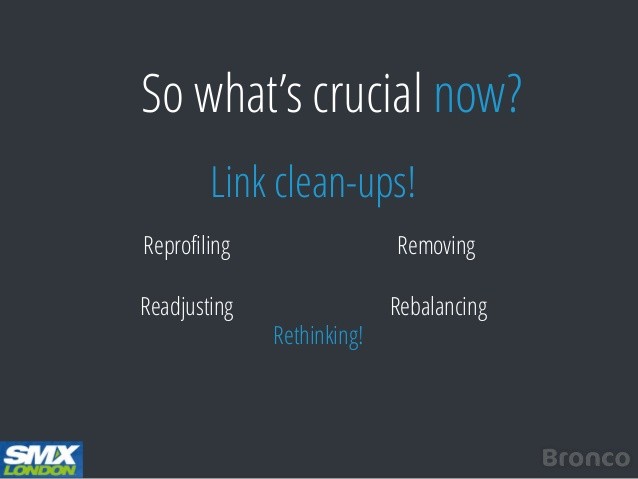Rethinking Rebalancing
Post on: 30 Май, 2015 No Comment

Rethinking Rebalancing
November 1, 2010 James Picerno
Rebalancing is widely recognized as a fundamental tool for portfolio management, but it’s still underappreciated. In fact, a fair amount of what’s considered alpha-beating a conventionally designed benchmark-is simply returning assets to target weights.
That’s hardly a secret, but it’s easily overlooked. Yet even for those who focus on this portfolio tool, rebalancing is wide open to interpretation.
I started calling [rebalancing results] behavioral alpha a couple of years ago, says Carl Richards, a financial planner who runs Prasada Capital Management. Routine rebalancing limits risk exposures, so it’s a strategy for preventing large mistakes, he explains. But a number of studies suggest that rebalancing can modestly boost performance as well.
That also means it can stunt performance at times. Rebalancing a stock/bond portfolio in the second half of the 1990s, when equities were on a tear, would have crimped an investor’s potential returns, for instance.
The prospects for rebalancing are quite a bit brighter over a couple of business cycles. But why should we expect rebalancing to add value (higher return, lower risk or both) at all? The simple answer is that markets don’t move in a straight line.
Rebalancing exploits market cycles, which are a hardy perennial. Yet many investors don’t have the discipline to take advantage of the fluctuations. And paradoxically, that behavioral bias can also explain why rebalancing helps those who do have the discipline.
A trio of finance professors suggests in a recent report that part of the return premium from rebalancing stems from the fact that most investors aren’t doing it in a timely manner after substantial price changes in the capital markets.
There is a large group of households that invest in equities but only change their portfolio shares infrequently, even after large common shocks to asset returns, write the professors, YiLi Chien of Purdue, Harold Cole of the University of Pennsylvania and Hanno Lustig of UCLA, in their study, Is the Volatility of the Market Price of Risk Due to Intermittent Portfolio Rebalancing?
This is another way of saying that the equity risk premium bounces around a lot because so many investors fail to take advantage of the volatility. As Professor Lustig told me recently, The failure of passive investors to rebalance forces active investors to absorb more risk. That higher risk for rebalancers-the risk that prices will move dramatically-translates into higher return. usually.
The reluctance of investors to rebalance (or rebalance quickly) when the opportunities look brightest isn’t surprising. Few investors were buying stocks after prices cratered in late 2008/early 2009. Those who did likely saw better trailing portfolio returns than those investors who waited or moved to cash.
Opportunistically adjusting the portfolio mix offers rich potential, yet relatively few investors have the fortitude to act decisively. A 2004 study of 2,000 participants in TIAA-CREF retirement plans found that nearly three-quarters of them had made no changes to asset allocation during the decade through 1999. The vast majority of the households made few if any adjustments to allocations, concluded John Ameriks of Vanguard and Stephen Zeldes, a professor at Columbia University’s Graduate School of Business, in their report, How Do Household Portfolio Shares Vary With Age?
The Rebalancing Bonus
A hands-off approach to asset allocation might come at a price. Consider how a simple 60%/40% asset allocation of stocks and bonds fared over the ten years through this past July when it was rebalanced-and when it wasn’t (Chart 1). The 60% equity weight is evenly split between U.S. stocks (represented by the Russell 3000) and foreign stocks (represented by the MSCI EAFE). The fixed-income portion is represented by the Barclays Capital Aggregate Bond index.
One strategy starts with the 60/40 mix and lets it run untouched over ten years. The other portfolio is identical in the beginning except that it’s rebalanced back to the original 60/40 allocation every December 31. As Figure 1 shows, the rebalanced portfolio earned roughly 50 basis points a year more than its unmanaged counterpart for the decade: 3.9% versus 3.4%, based on annualized total returns.
Is a rebalancing bonus unusual? Not really. Several studies report that keeping asset allocation in a portfolio within a range in the long run tends to offer slightly better returns than when the same portfolio is allowed to drift. Does rebalancing guarantee superior results? No, although the same caveat’s true for all strategies. But the odds are that you’ll see better performance over time by rebalancing a multi-asset class portfolio than you would by leaving the same portfolio untended. As for how much better, several strategists guesstimate that you could make 50 to 100 basis points more. Figure 1 seems to support that view. One ten-year stretch doesn’t mean much, but similar results over different periods have been documented as well.
The actual return of a rebalanced portfolio usually exceeds the expected return calculated from the weighted sum of the component expected returns, wrote financial planner William Bernstein in a 1996 study, The Rebalancing Bonus (available at Efficientfrontier.com). In other words, rebalancing generally boosts return for a broadly diversified asset allocation over the long haul.














